As an Amazon Associate I earn from qualifying purchases.
One of the great delights of working with a large animal is that you can get cuts off it you cannot with a smaller one. The flat iron steak cut is one of my favorite treats from larger animals.
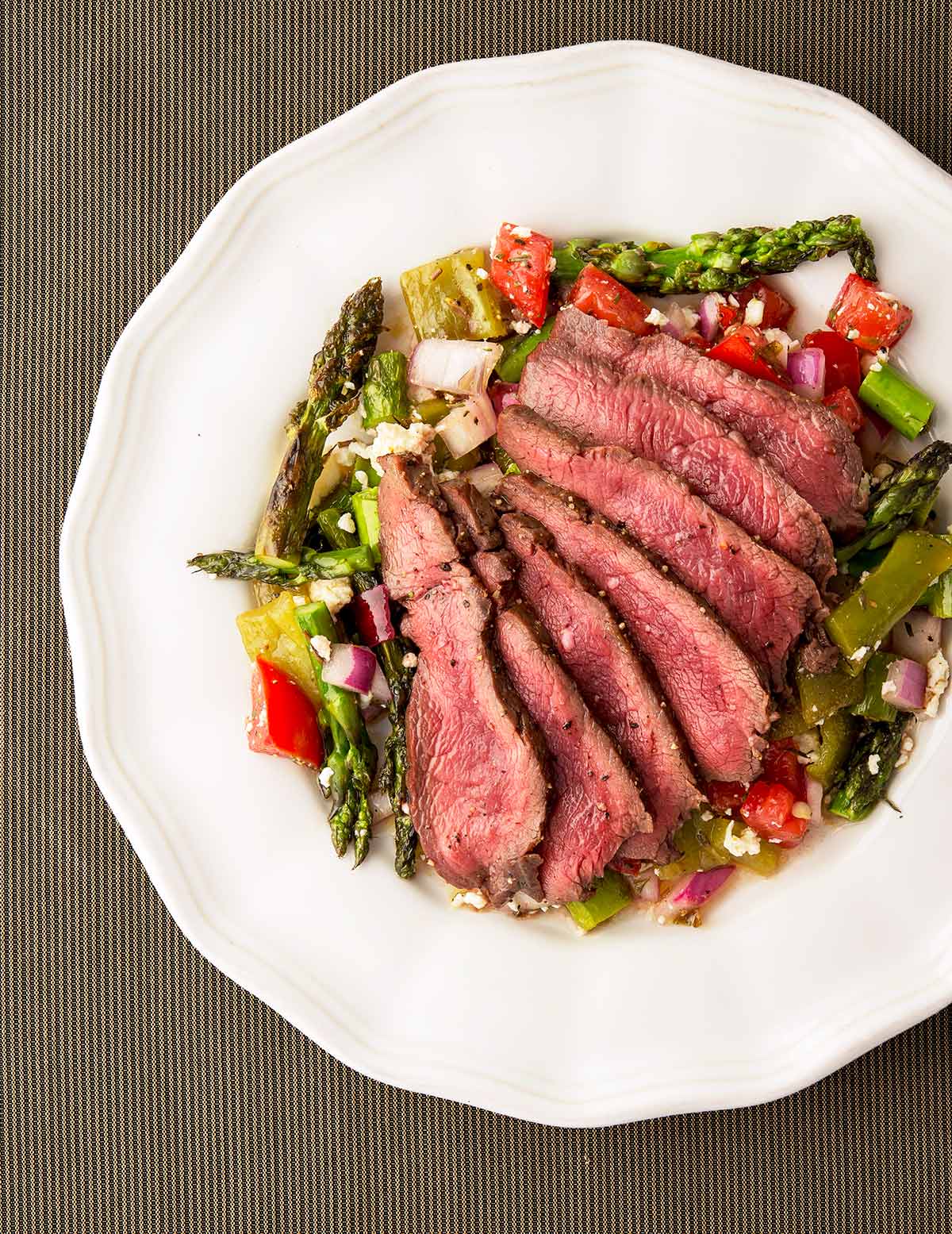
The flat iron steak cut comes from the shoulder, and most deer and all pronghorn are simply too small to make it worth it. But when you have elk, moose, bison, nilgai or caribou, you’re in business. And of course, these instructions on how to cut a flat iron steak work with beef, too.
Flat iron steaks, if you have been living under a rock — or just don’t eat in restaurants — are super trendy. They are sinew-free and super tender. Why so trendy? Because the shoulder is a working muscle, and working muscles have more flavor.
I hear the tenderloin partisans hollering. Yeah, I like tenderloin, too, but it has very little flavor compared to the rest of the animal. I’ll take a hanger steak, skirt steak or ribeye over a tenderloin any day. Same goes for the flat iron steak cut.
This steak has many names. In Britain it is called the butler’s steak, the paleron on France, the oyster steak in Australia. According to the beef mavens, it is indeed almost as tender as the tenderloin, but with way more flavor — again, because it comes from a hard-working muscle.
You can’t really cut a flat iron steak from a deer or lamb because they are just too small, with rare exceptions. You need an animal at least 400 pounds, in my opinion, to make it worth your effort. So cattle, caribou, elk and moose are what you are looking for.
Getting the Flat Iron Steak Cut
Here’s how to go about it.
First thing to remember is that the flat iron steak comes from the shoulder. Second, that it is a component of a blade roast. The blade roast comes from, yeah, you guessed it, the shoulder blade. Specifically the wide part of the paddle.
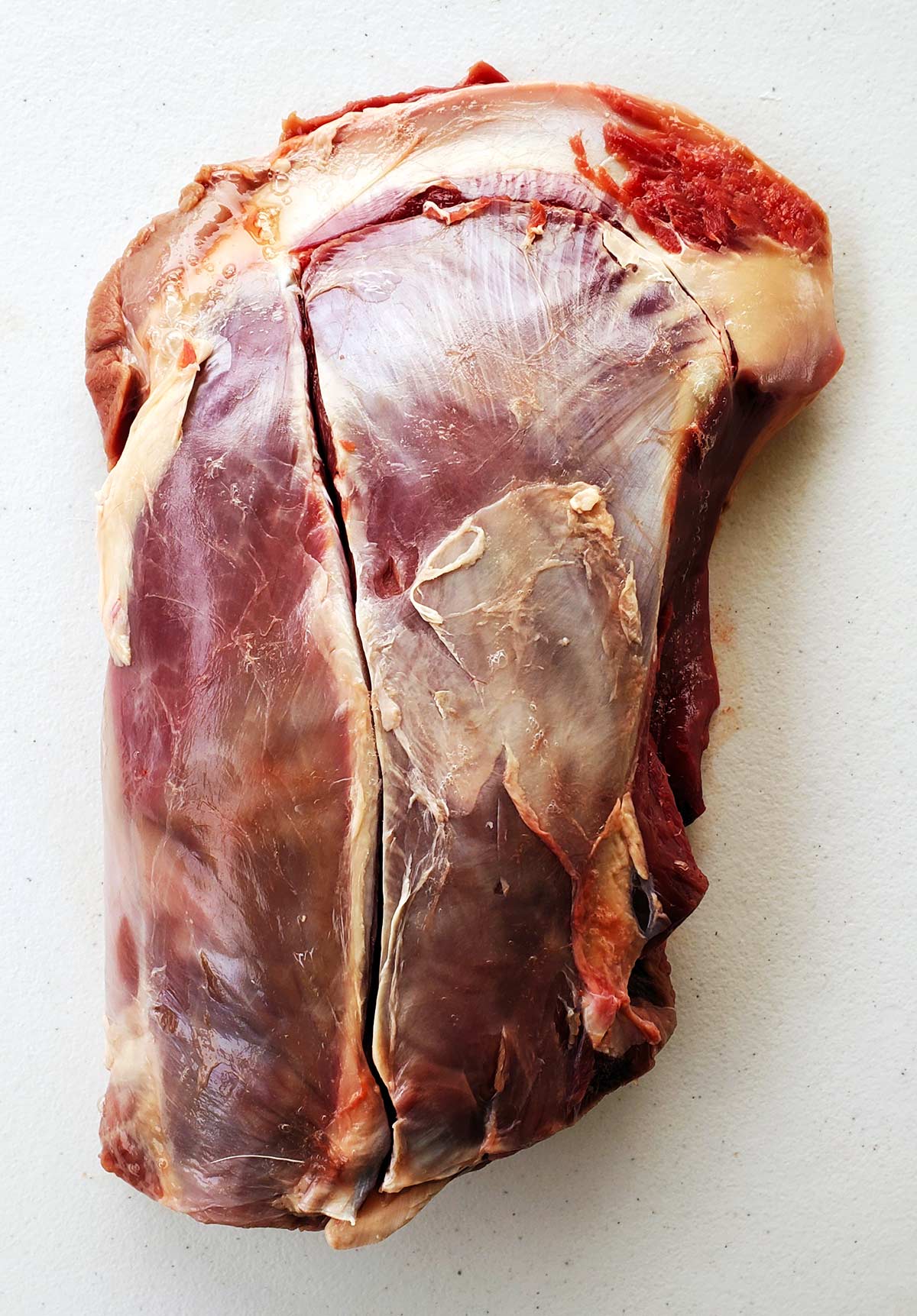
Work your way through an elk or moose shoulder until you see this muscle. Fillet it off the scapula (shoulder blade) in one piece. Looks lovely, yeah?
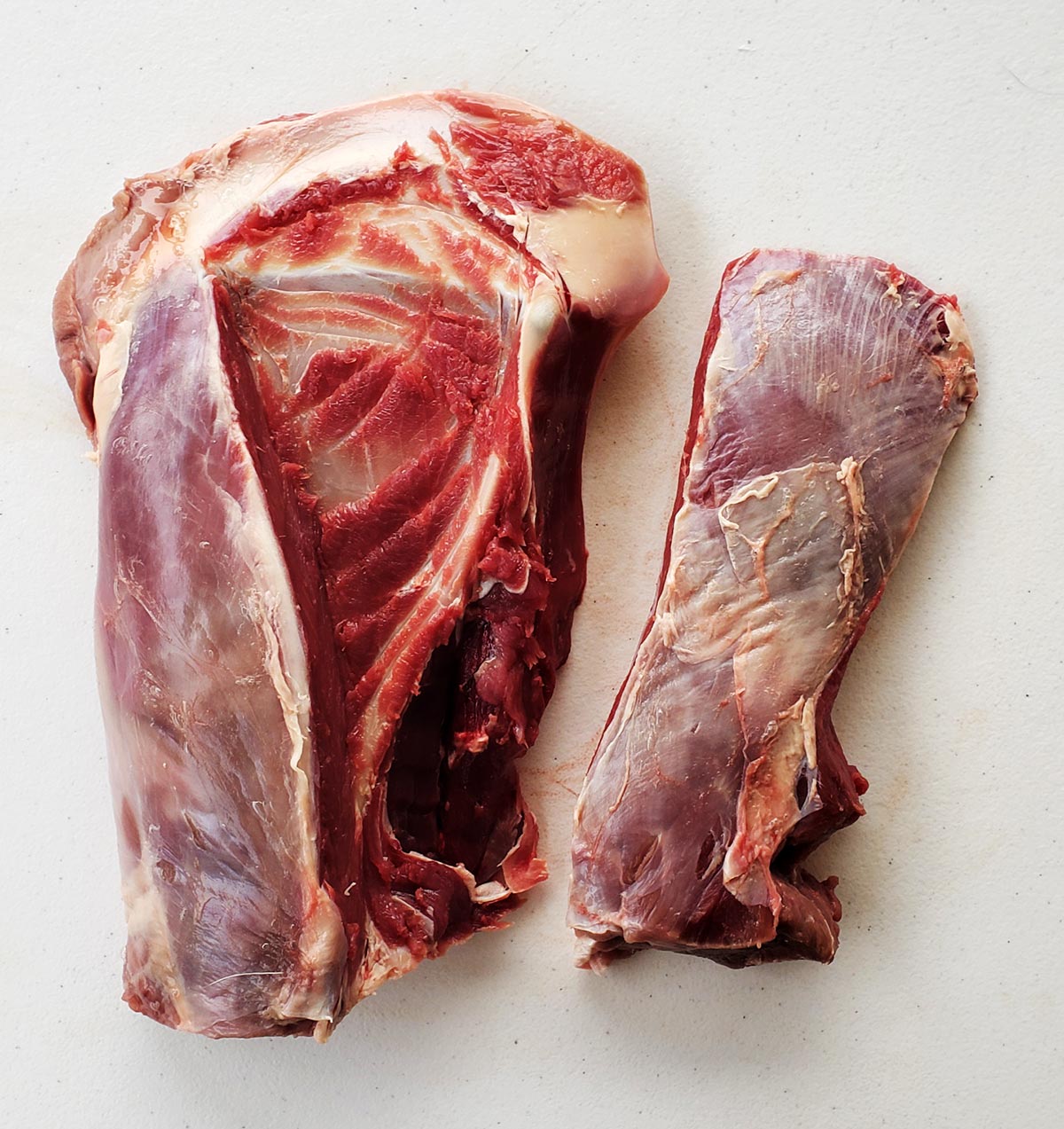
Sadly, it looks better than it is. You see, there is a gnarly line of sinew and cartilage running right down the middle of this roast. It’s so tough it will defeat your steak knife. It has to go.
You do this by starting at the narrow end of the roast, where you can see the cartilage at its thickest.
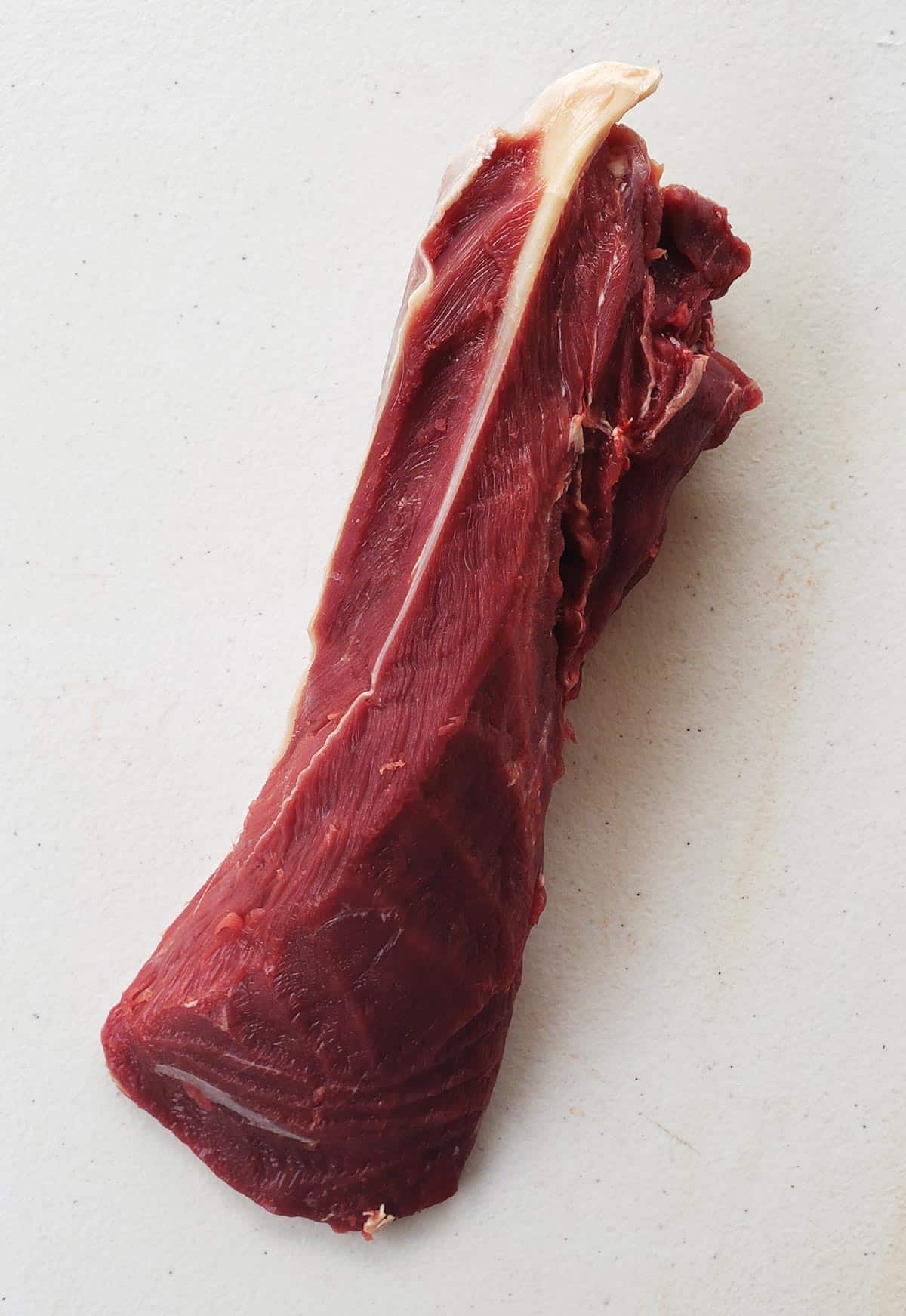
Take a very thin, flexible boning knife (or fish fillet knife) and start sweeping it along this line of cartilage. Take your time and keep the knife as close to this line as possible. An expert misses no meat, but as I don’t shoot elk every year, I am not quite as good as someone who does this for a living. Still, it’s not hard to do. (If you’ve ever filleted a skate wing, this is very similar.)
Once you have the top steak off, the second steak is easier. You flip the roast over so the cartilage is on the bottom, and remove it exactly the way you would the skin of a fish; this is why I use a fish fillet knife to cut my flat iron steaks.
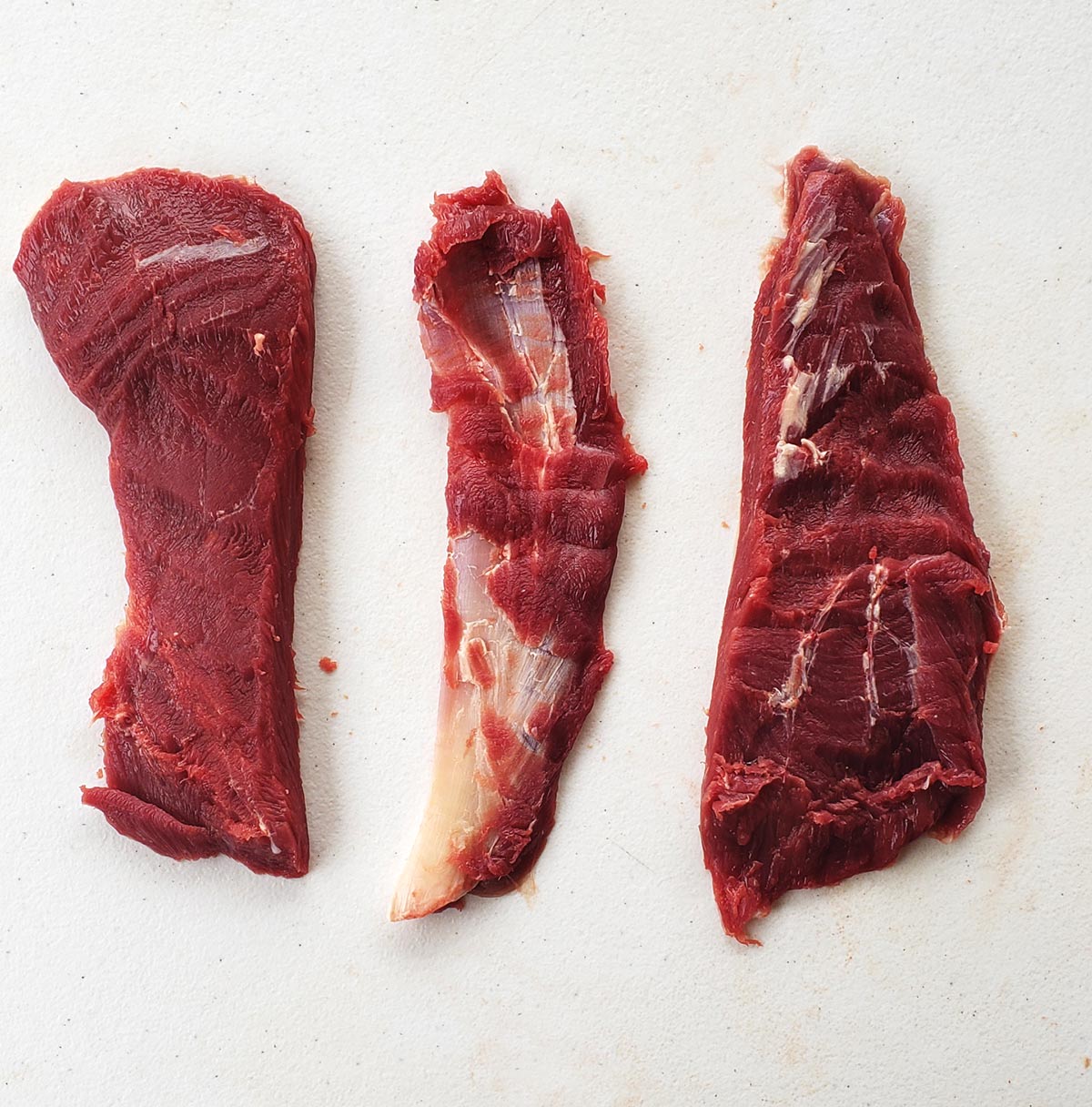
Now you have two sinew-free steaks, one larger than the other. All you need to do to finish the flat iron steak cut is to square it off. The yield on my cow elk was two one-pound steaks, and two closer to a half-pound.
Mine are a little choppy in the cutting. Once you do a few, your cuts will get smoother. Simply trim them up nice to get them ready to sear or for the grill. As for the center sinew, that goes in the pot for venison stock.
When it comes time to cook your flat iron steaks, you’ll notice a strong grain in the meat, which is great: After you grill or sauté this steak, you slice against the grain and will have yourself a piece of my favorite steak on the whole animal. Enjoy!
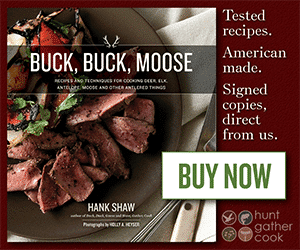
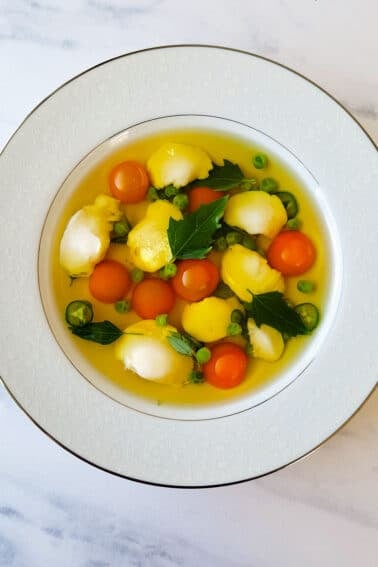
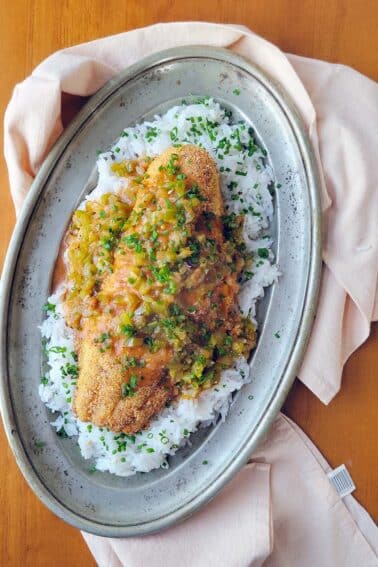
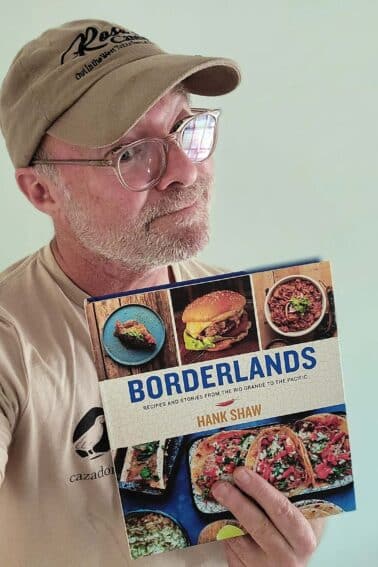
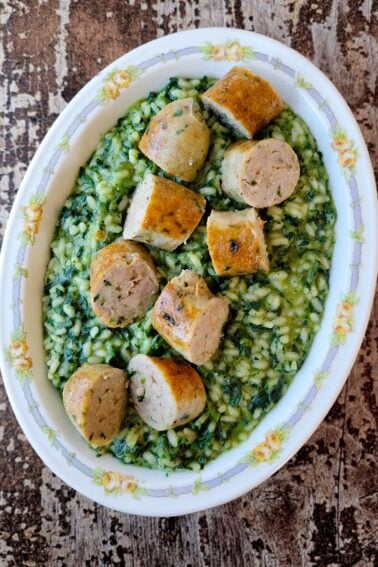
I love the flat irons on deer. That is my favorite cut on a deer. I live in Oklahoma and the whitetail deer here are rather small, but, for my money, the flat irons are totally worth all the effort to separate them out. My family is not that impressed with them so that leaves them just for me; can you say a total win?
I pat them dry, salt them generously with kosher salt, and let them rest while I crush peppercorns, 4-5 Tbsp worth, under a pan or skillet. I put an equal measure of olive oil in a small sauce pan on medium heat, add the cracked peppercorns, and bring it all up to a bare simmer and wait until it is very fragrant. I take the pan off the heat and let it cool. When it has cooled enough to put my hands it, I rub it all over the two flat iron from one shoulder. I wrap them in plastic wrap and put ’em in the fridge for at least an hour. I get my cast iron skillet ripping hot in a 400-450° oven for 15 minutes or so, then put it on a front burner. on high. I put a little bit of bacon grease or my homemade ghee, depending on what I have, in the skillet and when it is just starting to smoke, I turn the burner off I take the flat irons straight from the fridge, unwrap them and put them into that skillet and give them one minute per side and plate them, let them rest for a few minutes (That is the hardest part, letting them rest) and dig in.
As the song goes, “Heaven, I’m in heaven…” For me, this is pure pleasure, unrivaled by any other cut from my deer.
I’m an old man, and I’ve been cutting deer and elk into either steak or stew meat all my life. However, looking at your site I find lots of options for which I’d need bigger cuts. Do you have a tutorial on butchering deer and elk?